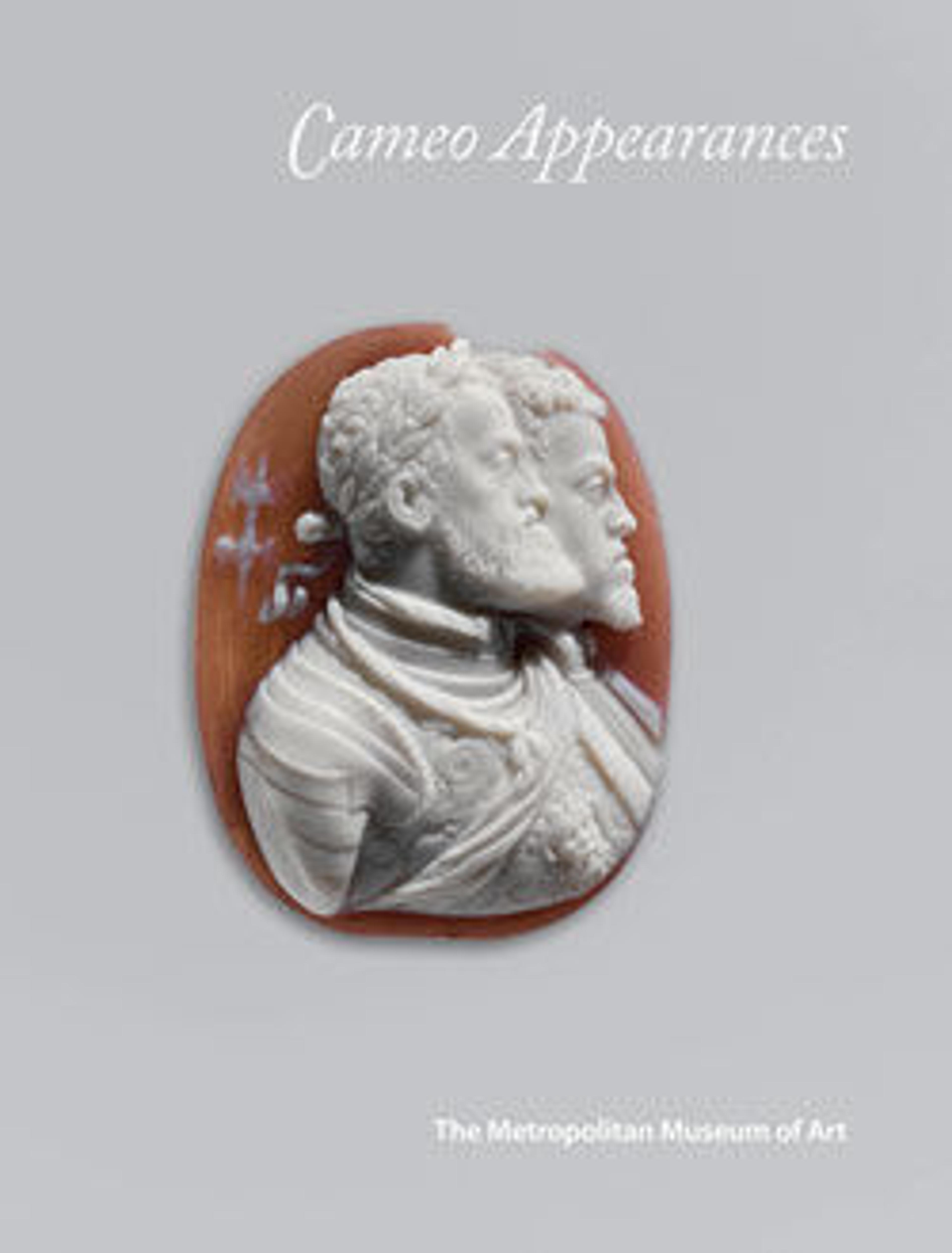Cicero
The Neoclassical age prized the sternly republican marble head of Cicero (106–43 B.C.) in the Musei Capitolini, Rome. An intaglio after it by Nathaniel Marchant (40.20.1) circulated in the form of gypsum impressions. The Roman carvers of these two heads consulted the sculpture itself, obtaining different results. The more numismatic approach of the cameo carved about 1810–20 by a member of the Cerbara family (40.20.34), in which the features are affixed with broad authority, typifies the work of that clan (Gian Battista Cerbara [d. 1811] sired Giuseppe [1770–1856] and Nicola [1796–1869], Nicola succeeding Giuseppe as master of the papal mint). Yet Cerbara also employed the buff areas to suggest flesh, while the starker white-on-black contrast in Giuseppe Girometti’s Cicero evokes marble. Girometti’s work is also more detailed, delivering a keener sense of the great orator’s cogitations through his careworn features.
Artwork Details
- Title:Cicero
- Artist:Giuseppe Girometti (Italian, Rome 1780–1851 Rome)
- Date:early 19th century
- Culture:Italian, Rome
- Medium:Onyx
- Dimensions:Overall: 7/8 x 3/4 x 1 in. (2.3 x 1.9 x 2.6 cm); visible cameo (confirmed): 19.1 x 14.7 x 6 mm
- Classification:Lapidary Work-Gems
- Credit Line:The Milton Weil Collection, 1940
- Object Number:40.20.42
- Curatorial Department: European Sculpture and Decorative Arts
More Artwork
Research Resources
The Met provides unparalleled resources for research and welcomes an international community of students and scholars. The Met's Open Access API is where creators and researchers can connect to the The Met collection. Open Access data and public domain images are available for unrestricted commercial and noncommercial use without permission or fee.
To request images under copyright and other restrictions, please use this Image Request form.
Feedback
We continue to research and examine historical and cultural context for objects in The Met collection. If you have comments or questions about this object record, please contact us using the form below. The Museum looks forward to receiving your comments.
